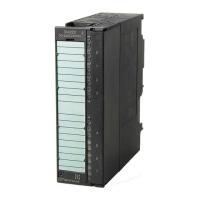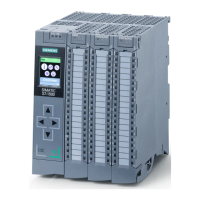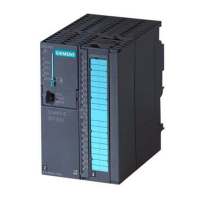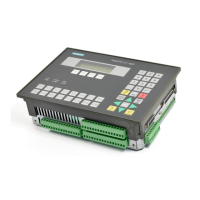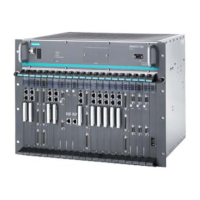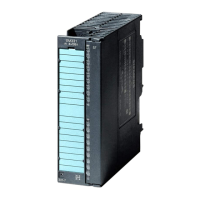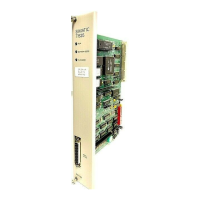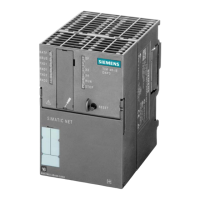Linking and Synchronizing
6-21
Automation System S7-400H Fault-tolerant Systems
A5E00068197-07
Note
Other factors to note when using fail-safe modules are described in the following
manuals: S7-400 F and S7-400 FH Programmable Controllers and S7-300
Programmable Controllers; Fail-Safe Signal Modules. This applies in particular to
module-internal run times in fail-safe modules.
1. For each DP master system determine from the bus parameters in STEP 7
–T
TR
for the DP master system
– DP switch-over time (referred to below as T
DP_UM
)
2. For each DP master system determine from the Technical Data for the switched
DP slaves
– the maximum switch-over time for the active communication channel
(referred to below as T
SLAVE_UM
).
3. From the technological specifications for your system determine
– the maximum permissible time period for which your I/O modules are not
updated (referred to below as T
PTO
).
4. From your user program determine
– the scan time of the highest priority or selected (see above)
watchdog interrupt (T
WA
)
– the run time of your program in this watchdog interrupt (T
PROG
)
5. For each DP master system this gives rise to
T
P15
(DP master system) = T
PTO
– (2 × T
TR
+ T
WA
+ T
PROG
+ T
DP_UM
+ T
SLAVE_UM
) [1]
Note
If T
P15
(DP master system) < 0 the calculation is to be stopped here. Possible
remedies are listed after the following example calculation. Make the appropriate
modifications and start the calculation from 1 again.
6. Select the minimum of all the T
P15
(DP master system) values.
This time is then known as T
P15_HW
.
7. Determine the share of the maximum blocking time for I/O classes > 15
determined by the minimum I/O retention time (T
P15_OD
):
T
P15_OD
= 50 ms + min. I/O retention time [2]
Note
If T
P15_OD
> T
P15_HW
the calculation is to be stopped here. Possible remedies are
listed after the following example calculation. Make the appropriate modifications
and start the calculation from 1 again.
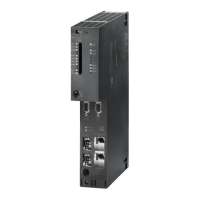
